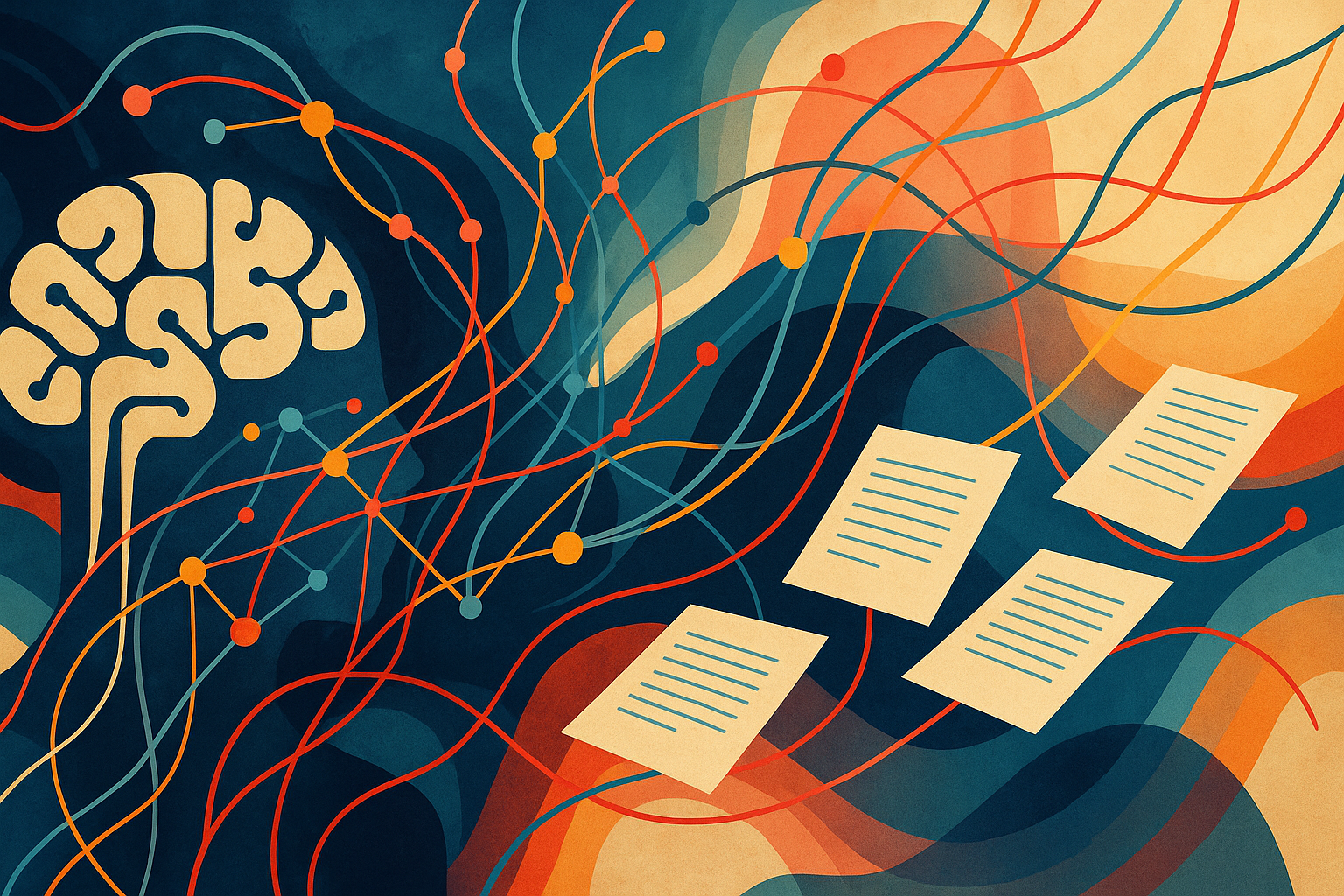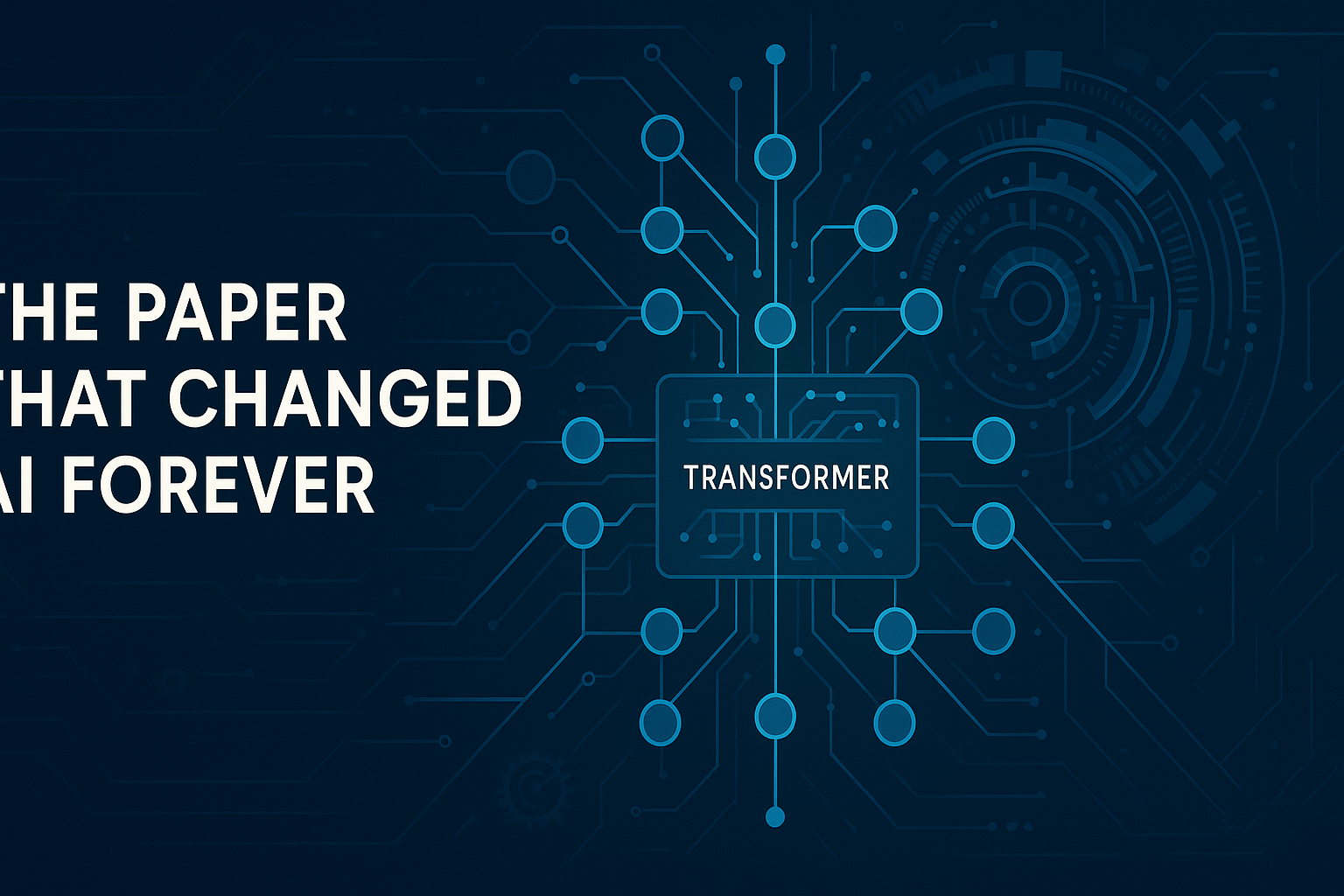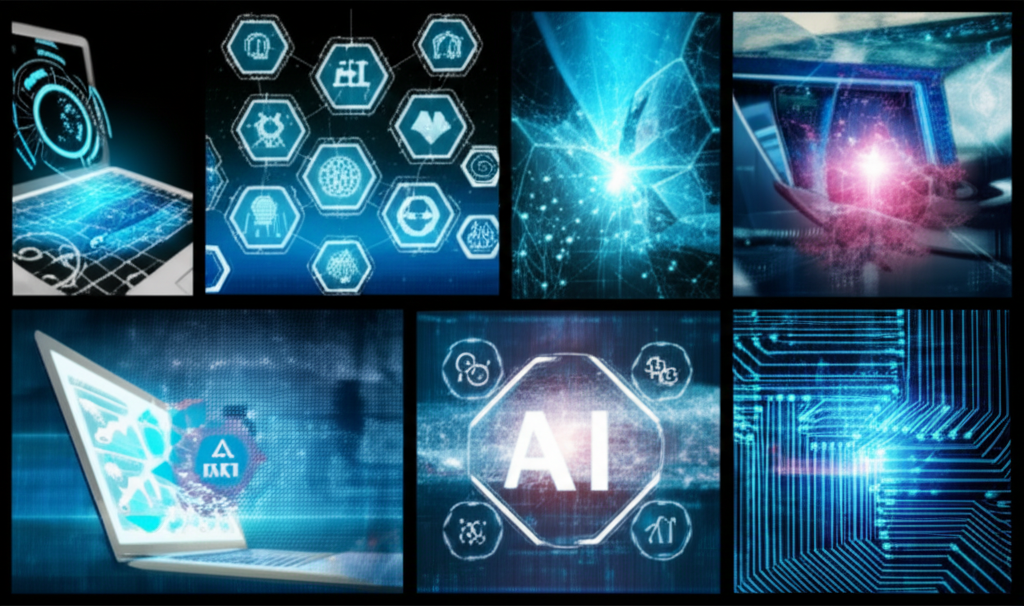Top 15 AI Research Papers to Read: From Foundational Theories to Cutting-Edge Architectures

Alright, let's break down 15 super important AI research papers. These aren't just random articles; they're the ones that have shaped where AI is today and where it's headed. We're talking about everything from the basic theories to the coolest, newest systems. Think of this as a roadmap if you're trying to figure out what's what in AI.
The Classics
1. Figuring Out Cause and Effect
* Pearl, J. (2000)
* This paper is all about how to actually understand cause and effect in AI, not just seeing that two things happen together. It uses some fancy diagrams and math to make sure your AI can reason properly.
* [Link](https://ftp.cs.ucla.edu/pub/stat_ser/r264.pdf)
2. AlexNet: When Deep Learning Got Good at Seeing
* Krizhevsky, A.; Sutskever, I.; Hinton, G. (2012)
* Before AlexNet, computers were pretty bad at understanding images. This paper showed that if you use special computer chips (GPUs) and a type of AI called a deep convolutional network, you can get way better results.
3. The Transformer: Attention Is All You Need
* Vaswani, A. et al. (2017)
* This one is a game-changer. It introduced the Transformer, which is a new way for AI to pay attention to different parts of a sentence or image. It's what powers a lot of the AI we use today, especially for translating languages.
* [Link](https://arxiv.org/abs/1706.03762)
4. GPT-3: Teaching AI with Just a Few Examples
* Brown, T. et al. (2020)
* GPT-3 is a super-big AI model that can do a ton of different things, even if you only give it a few examples to learn from. It's like teaching a kid something new just by showing them a couple of times.
* [Link](https://arxiv.org/abs/2005.14165)
5. Monte Carlo Methods: Randomness to the Rescue
* Gelfand, A. E.; Smith, A. F. M. (1990)
* Sometimes, the best way to solve a problem is to use randomness. This paper talks about how to use randomness to make AI better at guessing and figuring things out, which is used all the time in modern AI.
* [Link](https://doi.org/10.1080/01621459.1990.10476218)
Vision and Images
6. Making Images from Words, Even with No Training
* Ramesh, A. et al. (2021)
* This paper showed how to make AI that can create images from just a description, even if it's never seen images and descriptions paired together before. It's like magic!
* [Link](https://arxiv.org/abs/2102.12092)
7. DALL-E: Turn Text into Visuals
* Ramesh, A. et al. (2021)
* DALL-E is another AI that makes images from text, but this one is really good at making them look realistic. You can type in anything, and it will try to create a picture of it.
* [Link](https://openai.com/research/dall-e)
8. ViT: Seeing Images Like Words
* Dosovitskiy, A. et al. (2020)
* This paper showed that you can use the same type of AI that works for language (Transformers) to understand images too. Instead of looking at small pieces of the image, it looks at bigger chunks, kind of like how we read words instead of individual letters.
* [Link](https://arxiv.org/abs/2010.11929)
9. Swin Transformer: Getting Better at Seeing
* Liu, Z. et al. (2021)
* The Swin Transformer is an improved version of the Transformer for images. It's really good at understanding different parts of a picture and how they fit together.
* [Link](https://arxiv.org/abs/2103.14030)
10. CLIP: Teaching AI to Connect Words and Images
* Radford, A. et al. (2021)
* CLIP is an AI that's trained to understand how words and images relate to each other. It can look at an image and tell you what's in it, even if it's never seen that exact image before.
* [Link](https://openai.com/research/clip)
New Ideas: Making AI More Efficient
11. Switch Transformers: Super-Big AI That Doesn't Need Super-Big Computers
* Fedus, W.; Zoph, B.; Shazeer, N. (2021)
* This paper introduced a way to make AI models with trillions of parameters (that's HUGE!), but without needing a giant computer to run them. It's like having a super-smart brain that only uses the parts it needs at any given time.
* [Link](https://arxiv.org/abs/2101.03961)
12. ST-MoE: Making Sure AI Learns and Adapts Well
* Zoph, B. et al. (2022)
* This paper builds on the idea of the Switch Transformer and makes it more reliable and able to learn new things. It's like making sure your super-smart brain can handle any new challenge.
* [Link](https://arxiv.org/abs/2202.08906)
13. THOR: Training AI to Be Efficient and Smart
* Zuo, Y. et al. (2021)
* THOR is another approach to making AI more efficient. It uses some clever tricks to make sure the AI is both fast and accurate, especially when working with multiple languages.
* [Link](https://arxiv.org/abs/2110.04260)
14. SwitchHead: Speeding Up AI by Being Picky About What to Focus On
* Csordás, K. et al. (2023)
* This paper makes AI faster by only paying attention to the most important parts of the input. It's like skimming a book instead of reading every single word.
* [Link](https://arxiv.org/abs/2312.07987)
15. Thinking Outside the Patch: Pixels as Tokens in Vision Transformers
* Nguyen, T. L. et al. (2024)
* This paper questions the standard approach of breaking images into patches. Instead, it treats each individual pixel as a separate piece of information. This can lead to new and interesting ways to design AI for images.
* [Link](https://arxiv.org/abs/2406.09415)
So, there you have it. These papers are a good starting point if you want to understand how AI has changed and where it's going. They cover the core ideas that have shaped the field and offer clues about what the future might hold.
Recommended AI tools
ChatGPT
Conversational AI
AI research, productivity, and conversation—smarter thinking, deeper insights.
Google Gemini
Conversational AI
Your everyday Google AI assistant for creativity, research, and productivity
Perplexity
Search & Discovery
Clear answers from reliable sources, powered by AI.
Grok
Conversational AI
Your cosmic AI guide for real-time discovery and creation
Notion AI
Productivity & Collaboration
All-in-one AI assistant for seamless teamwork, smarter workflows, and integrated productivity.
Google Cloud Vertex AI
Data Analytics
Unified AI and cloud for every enterprise: models, agents, infrastructure, and scale.


